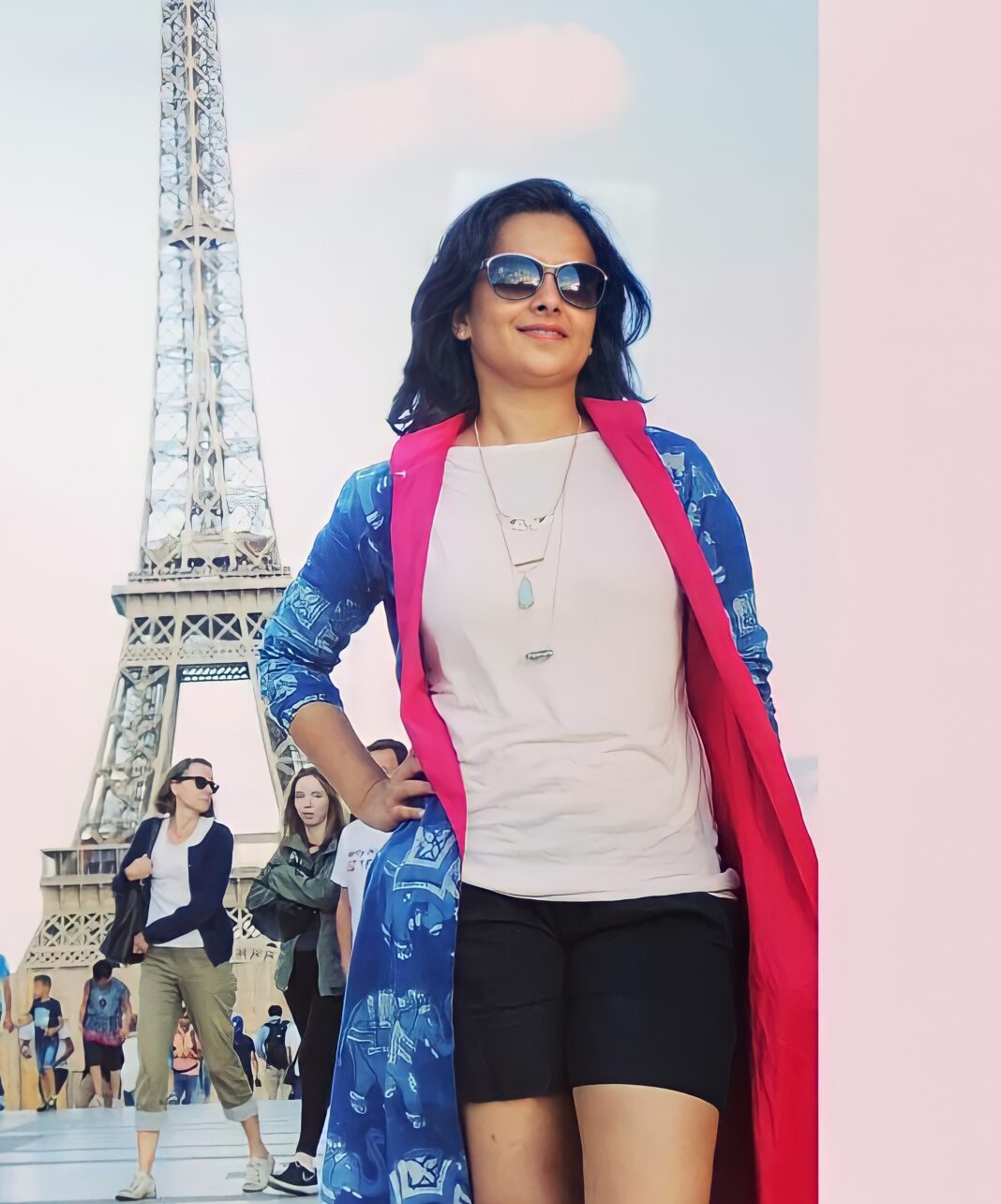The vibrant hues of Rajasthan, folk dancers spinning in their dazzling ghagras and towering turbans are the images that come to mind when the term BANHDANI is uttered. Bandhani appears to be more than just an art form or a cloth; it appears to be an entire emotion, replete with the most vibrant hues of our diverse culture. Bandhej is popular in Gujarat and parts of Uttar Pradesh, in addition to being one of the most dazzling jewels in the crown of Rajasthani handicrafts.
Nature’s wonderful colors, which are always so refreshing and relaxing to the eyes and soul, are the inspiration for Ekta Gosalia’s “Rang No Bandh”. The essence of Gujarati and Rajasthani culture is conveyed gracefully through the age-old procedure of Bandhej, which is combined with our complex zardosi to create a timeless ensemble.
Origin
The Khatri Community of Gujarat pioneered Bandhani craft in India. ‘Bandhani’ is derived from the word ‘Bandhan,’ which means ‘tying up.’ Various communities in Rajasthan have kept the tradition of wearing turbans with various bandhani patterns on their heads for centuries. These were used to determine which community a person was a member of.

JhankaarBandhani
This form of Bandhani has exceedingly fine patterns and is very colorful and vibrant. Unlike other Bandhani styles, JhankaarBandhani does not have light or white-coloured dots.
BorJaal
This sort of Bandhej is highly complicated and has full jal work of Bandhani all over it. It is primarily used for wedding ceremonies. In Marwari communities, it is immensely popular. The intricate and fascinating interplay of colours, patterns, and dots of BorJaalBandhani creates an astonishing maze design on the fabric. They come in a variety of colours and can even be created out of georgettes.
Color Discharge Bandhani
Bandhani is a technique that includes layering darker colours over lighter colours. The colour discharge technique, on the other hand, works in the other direction, with lighter colours visible over darker coloured dot patterns. Orange and pink dots on white dots can be found in this Bandhej.
Multi-colourBandhani
Wearing the same dull colours over and over again is a waste of time. So why not make a rainbow effect suit set by mixing multiple colours? The suit set’s gorgeous colours of maroon, blue, beige and gold give it a stunning appearance. The dupatta has bandhanicolouring along with zardoshitikki, which adds to the suit’s overall appearance.


Ajrakh Dupatta in Modal Silk Bandhani
Elegant and gorgeous, this indigo blue modal silk dupatta. It has a lovely Bandhani design throughout, with a thick Ajrakh border that adds to the richness and elegance. It’s perfect for parties or celebrations. This dupatta looks great with a beige or white outfit.
Modern-day Bandhani
Bandhani has had a lot of success in the Indian and global markets in the previous few decades. Skilled artisans have modified classic designs, new hues, and natural dyes to produce a variety of Bandhani clothing. Traditional Bandhani designs are popular both in India and around the world. Bandhani-made dresses are also quite popular among people of all ages.
“I have always been a fashion enthusiast, and my whiff of interest sets the ball rolling for my career. My entrepreneurship experience began informally, and looking back, I’m delighted we adhered to the category of our choice and continued to experiment and innovate throughout time to realise our full potential”, says Ekta Founder of Ekamph Apparels.







